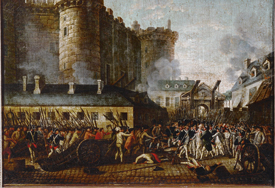
History
History by Periods, War and Peace, Revolutions.

#03050410
Caesar Marcus Aurelius sacrifices to the Capitoline Jupiter. From the monument...

#03050411
Caesar Marcus Aurelius enters Rome in his triumphal chariot. From the monument...

#03050413
Allegorical figure of a Roman province. Marble

#03050414
Allegorical figure of a Roman province. Marble

#03050430
Front face of the sarcophagus "with trees" ("à arbres"): Scenes from the Old and...

#03050431
Front panel of the sarcophagus' lid: the adoration of the three Magi and the thr...

#03050458
Hanging bowl from the Sutton Hoo burial, Anglo-Saxon, late 6th-early 7th century...

#03050469
Bronze censer-cover, Anglo-Saxon, late 10th-early 11th century. The cover is in...

#03050548
Emperor Constantine the Great (306-337 CE). Marble head, fragment of a colossal...

#03050549
Emperor Constantine the Great (306-337 CE). Marble hand, fragment of a colossal...

#03050629
Stele inscribed with the Decree of Mytilene (also known as the Peace of Alexande...

#03060232
A woman tries to pin down a snake with a long stick, while others watch. The wom...


